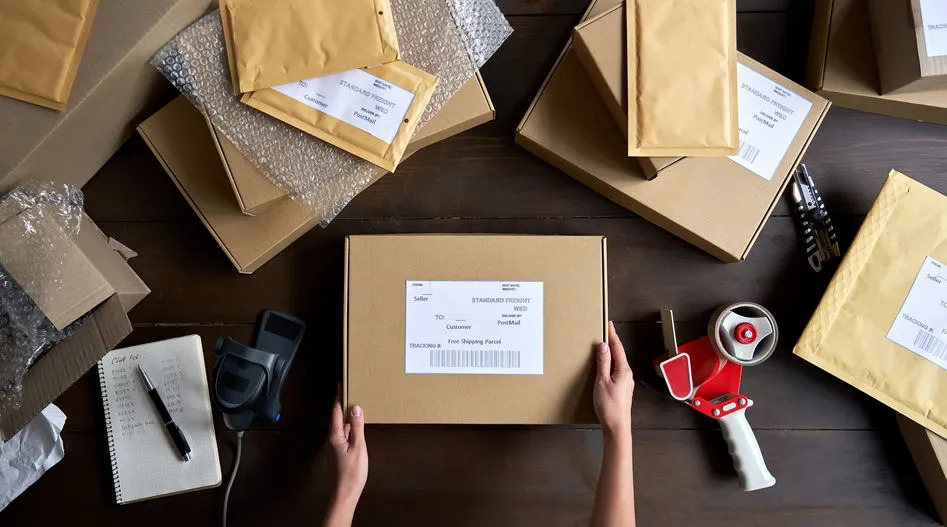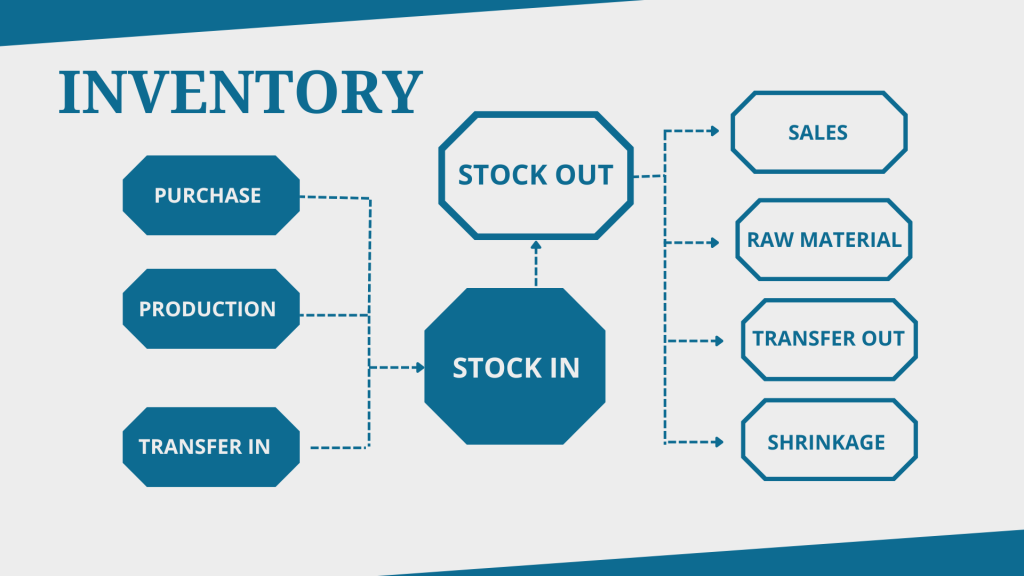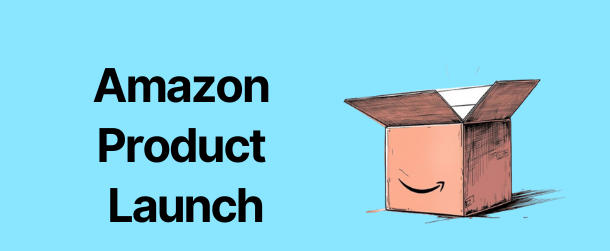
Reducing Amazon Fees: Strategic Packaging and Shipping Tips
Running a successful Amazon business is all about maximizing profits while keeping expenses under control. One of the biggest challenges for sellers is managing Amazon’s fees, which can significantly impact the bottom line. One of the most effective ways to lower costs is by optimizing your packaging and shipping strategies. In this guide, we’ll cover practical tips on how to reduce your Amazon fees by focusing on smarter packaging choices, streamlined shipping, and strategic adjustments to your fulfillment practices.

1. Understanding Amazon’s Fee Structure
Before diving into cost-saving strategies, it’s crucial to understand Amazon’s fee structure, especially Fulfillment by Amazon (FBA) fees. These fees generally fall into three main categories:
- Referral Fees: Charged as a percentage of each sale, based on the product category.
- FBA Fulfillment Fees: Cover the costs of picking, packing, and shipping your products through Amazon’s network. Fees are determined by item size and weight.
- Storage Fees: Monthly fees for storing inventory in Amazon’s fulfillment centers, with higher rates during peak seasons.
Knowing how Amazon calculates these fees can help you make informed decisions when it comes to packaging and shipping. A few small adjustments can lead to significant savings.
2. Optimize Packaging for Lower Fees
Right-Sizing Your Packaging
Amazon charges FBA fees based on the size and weight of your product. Using oversized or poorly chosen packaging can push your item into a higher fee tier. Here’s how to fix that:
- Use Lightweight, Durable Materials: Consider materials like poly mailers, which are lightweight yet durable. They take up less space and often qualify for lower fees.
- Minimize Void Fillers: Excess padding and fillers may protect your product but can also increase the package dimensions, leading to higher shipping costs. Opt for snug packaging that reduces the need for extra materials.
Reduce Package Dimensions
Pay attention to the “dimensional weight,” which factors in the size of your package, not just its actual weight. By keeping dimensions as small as possible, you can avoid being charged for shipping a larger “dimensional” weight.
- Review Product Dimensions Regularly: Amazon occasionally updates their size tiers, so it’s a good idea to audit your product listings regularly to ensure you aren’t overpaying on FBA fees due to outdated or incorrect dimensions.
3. Strategize Shipping to Lower Costs
Leverage Amazon’s Partnered Carrier Program
Amazon offers discounted rates through its partnered carrier program, which can be more cost-effective than using your own carrier. Take advantage of this program, especially for inbound shipments to FBA warehouses.
- Compare Shipping Rates: Always compare Amazon’s partnered carrier rates with your existing shipping provider. In many cases, Amazon’s rates are more competitive, but it’s worth checking.

Ship Smarter with Inventory Placement
Amazon’s Inventory Placement Service (IPS) allows you to send all of your inventory to a single fulfillment center, rather than splitting shipments across multiple locations. While there is a fee for this service, it can often be offset by savings in shipping costs and reduced transit times.
- Analyze Your Costs: Consider using IPS if your standard shipping costs are high due to multiple warehouse locations. This can simplify logistics and potentially reduce your overall shipping expenses.
Consolidate Shipments
Instead of sending small, frequent shipments to Amazon, aim to consolidate your shipments. This approach reduces the per-unit shipping cost and minimizes the risk of errors during receiving.
- Plan for Bulk Shipments: Forecast demand accurately to avoid the need for frequent small shipments. By consolidating your inventory, you can save on both shipping and FBA fees.
4. Maximize Storage Efficiency
Monitor Inventory Levels
Storage fees can quickly add up, especially during peak months (October through December). Overstocking your products leads to higher fees and potential long-term storage charges.
- Use Amazon’s Inventory Performance Index (IPI): The IPI score is a metric Amazon uses to evaluate your inventory health. A low IPI score can result in additional fees or limitations on storage. Keep your IPI score high by regularly monitoring inventory levels and removing slow-moving stock.
Create Removal Orders for Excess Inventory
If you find yourself with excess inventory, create a removal order to avoid long-term storage fees. While there is a cost associated with removal, it’s often cheaper than paying ongoing storage fees.
- Liquidate or Repackage Slow-Moving Items: Consider running promotions or bundling items to move excess stock quickly. Alternatively, repackage products into more appealing bundles to increase sell-through rates.

5. Use FBA Prep Services Wisely
Amazon offers FBA Prep Services to help sellers with tasks like labeling, poly bagging, and bubble wrapping. While these services are convenient, they come at a cost that can quickly add up.
- Invest in In-House Prep: If you have the resources, handling product prep yourself can save you significant fees. Training your team to handle labeling and packaging in-house can lead to substantial cost savings over time.
- Consider Third-Party Prep Centers: If in-house prep isn’t feasible, third-party prep centers often charge lower rates than Amazon’s own services. These centers can handle your packaging needs and ensure your products meet FBA requirements at a lower cost.
6. Audit Your FBA Fees Regularly
Amazon’s FBA fee structure is dynamic, and errors can occur. Regularly auditing your FBA fees can help you identify discrepancies and request reimbursements.
- Use Amazon’s Fee Preview Tool: This tool allows you to estimate FBA fees before sending inventory. It helps you identify if a product’s dimensions or weight need adjustment.
- Check for Overcharges: Sometimes, products are incorrectly categorized into higher fee tiers. Regularly review your fee reports and submit a claim if you notice discrepancies.

Final Thoughts
Reducing Amazon fees is an ongoing process that requires regular monitoring and strategic adjustments. By optimizing your packaging, streamlining your shipping processes, and keeping a close eye on your inventory levels, you can significantly cut down on unnecessary costs. These steps not only help you save money but also increase your overall profit margins, giving you a competitive edge on Amazon.
Implement these tips and make it a part of your standard operating procedure. As you refine your approach, you’ll find more opportunities to enhance your profitability and grow your Amazon business efficiently.
By staying proactive and strategic, you can navigate Amazon’s complex fee structure and ensure your business remains as cost-effective as possible.
Interested in optimizing your Amazon fees further? Contact us to learn how our Amazon account management services can help streamline your operations and boost your profits.














